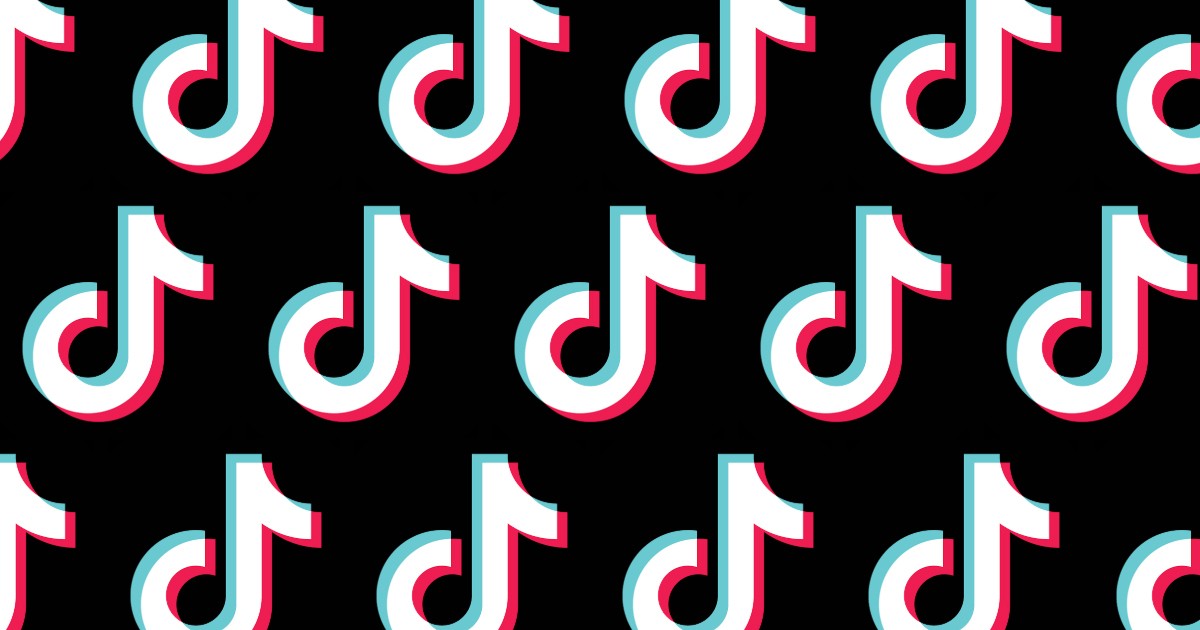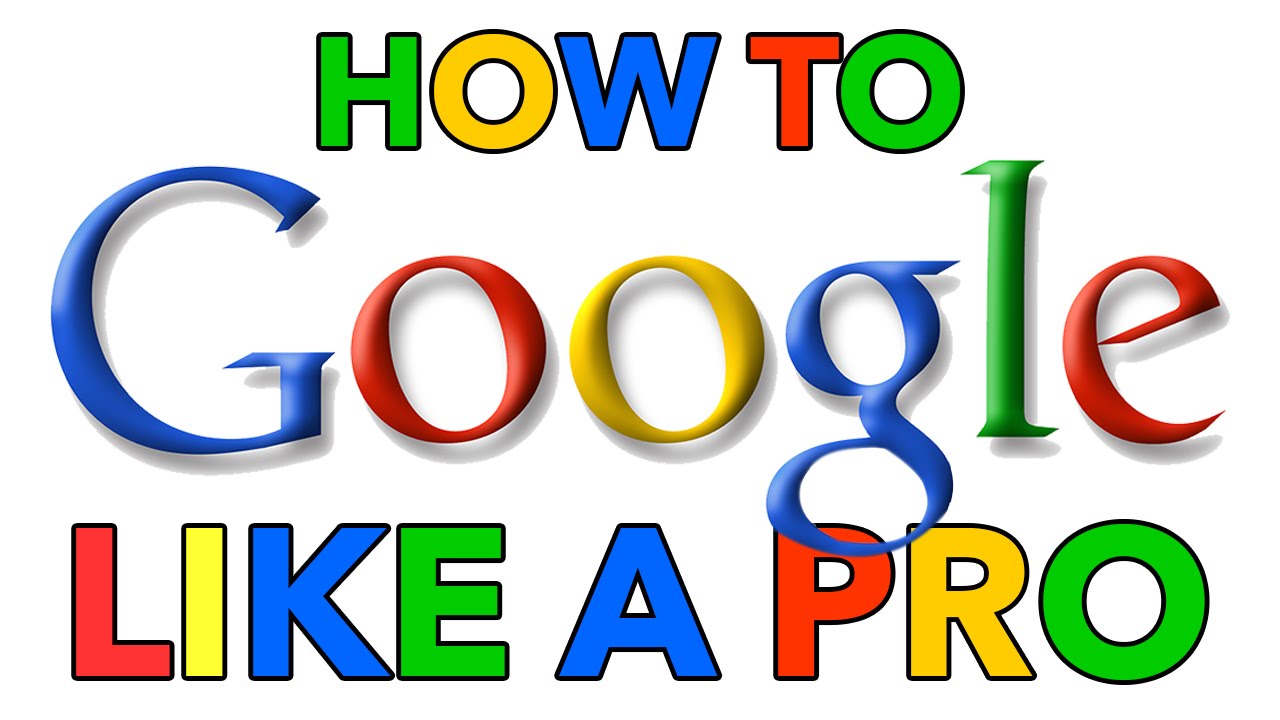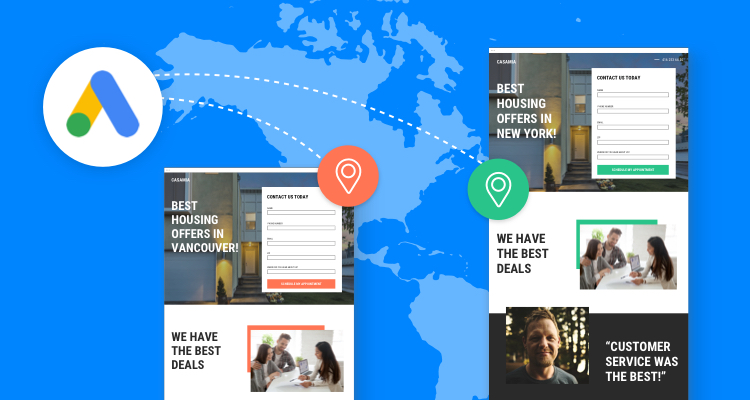
Ad design involves several principles. Each of these principles has an impact on how the eye responds to certain elements. They include Gestalt psychology. Hierarchy, repetition, and balance. These principles will make your ads more memorable. Learn the principles and then experiment with various designs and elements.
Gestalt psychology
Gestalt psychology, a theory that studies the human mind's tendency toward seeing objects in groups or structures, is called Gestalt psychology. It asserts that a structure has unique properties when seen as a whole, not just the individual parts. This approach helps designers and product developers to make more attractive products and to draw attention to specific elements.

Repetition
Repetition of images and messages can have a strong impact on consumers, particularly if they are associated to a brand. It is possible to establish brand familiarity by using the right amount of repetition. It builds trust in the audience's ability to retain information for a long time.
Hierarchy
It is crucial to know how to use hierarchy in advertising design. This design principle establishes the visual hierarchy. This helps your audience see the importance and relationships between certain elements. A visual hierarchy also helps you create a sense of focus.
Balance
Balance is one of the fundamental principles of ad design. A balanced design creates harmony. An example is the movie poster for Harry Potter and the Deathly Hallows Part 2. It's perfectly balanced and has equal weights. While the asymmetrical design makes ads look elegant and simple, it creates an impactful visual tension.
Unique selling point
Unique selling points (USPs) are what make a product or brand stand out among its competition. It can be a combination of factors such as customer needs, business strengths, and market intelligence. Once a USP has been identified and formalized, it can be expressed in a position statement. This explains how a product/service addresses a consumer’s need.

Color
When combining various colors in your ad design, you should choose colors that are easily recognizable. Red is the most visible color. It can also trigger clicks. For this reason, you can use a red background in a call-to-action button. Red's RGB values can vary which allows you create brighter ads. Similarly, orange, a combination of red and yellow, is a great choice for advertising campaigns. Its warm and welcoming tone can increase click-throughs.
FAQ
Radio advertising: What are your options?
It is important to understand the interdependence of different media types. All media forms can be considered complementary, rather than competing.
Radio is best used to complement television advertising. It enhances television by reinforcing important messages and providing additional details.
Radio listeners are often not able to handle long TV commercials. Radio ads tend to be shorter and more affordable.
How do I choose my target market?
Start with yourself, and the people closest to you. Do you not know where to start? Ask yourself "Whom do I want to reach?"
These are some questions to ask yourself: Who is the most influential person in my industry? What are their biggest challenges? Which are the smartest people working in my field? They hang out online.
Rewind to the beginning, when your business was founded. What was your motivation for starting? How did you solve the problem?
These answers will help identify your ideal clients. This will allow you to learn more about your ideal customers and their motivations for buying from you.
It is also possible to look at the websites and social networks pages of your competitors to get insight into who they cater.
Once you identify your target customers, then you must decide which channels to use to reach these people. You might, for example, create a website to target home buyers if you offer services to real-estate agents.
You could create a blog if you offer software to small business owners.
A Facebook page could be created for clothing sellers. Or if you're a restaurant owner, you could set up a Twitter account for parents looking for kid-friendly places to eat.
This is the point: There are many ways to communicate your message.
What is advertising's primary purpose?
Advertising isn't just about selling products. It's also about creating an emotional connection among your customers and you.
Advertising is about communicating your ideas and values to people who already care about what you have to say. Advertising is about changing minds and attitudes. And it's about building relationships.
It's all about making people feel good about themselves.
You can't sell to your customers if you don’t know their needs.
So before you start any advertising project, you should first understand your customer's needs and wants, and buying habits.
Then you can design ads that will resonate with them.
Advertising: What is it?
Advertising is an art. Advertising is more than selling products. It's about creating emotional connections between people and brands.
Advertising is about storytelling and using images to communicate ideas.
You have to make sure you are communicating clearly and persuasively. Your target market should be able to relate to the story you tell.
This makes advertising different from other forms of communication, such as public speaking, writing, or presentations.
By creating a successful campaign, you can create your brand identity.
This is how you make yourself memorable. People want to remember you.
What is an advertising campaign?
A campaign is a series advertising messages that are designed to promote a product. It can also refer to the whole production of such ads.
The Latin word for selling is "ad." The first known use was by Marcus Terentius Varro (116-27 BC), who used it as a verb meaning "to make a sale."
Advertising campaigns are most often done by large agencies or businesses. Advertising campaigns can involve many media types, such as television, radio, print, and the internet.
Advertising campaigns are typically long-lasting and have clear goals. For instance, some campaigns aim to generate awareness while others focus on increasing sales.
How much does it cost for social media advertising?
It is important to know that advertising on social media platforms is not free if you decide to do this route. You will be charged monthly for your time spent on each platform.
Facebook - $0.10 Per 1,000 Impressions
Twitter - $0.20 Per 1,000 Impressions (if you tweet).
If you send invitations, Linkedin: $0.30 per 1,000 impressions
Instagram - $0.50/1000 impressions
Snapchat - $0.60 per 1,000 impressions ($0.40 per user)
YouTube - $0.25 per 1,000 views
Tumblr – $0.15 per 1000 impressions for text postings
Pinterest - $0.05 per 1,000 impressions per month
Google + - $0.15-$0.20 per 1 million impressions
Tumblr – $0.15 - $0.20 per 100,000 impressions
Vimeo – $0.20- $0.25 Per 10,000 Impressions
Soundcloud - $0.20 - $0.0.25 for 1,000,000 plays
StumbleUpon - $0.20 -$0.25 per 1 billion pageviews
Digg - $0.20- $0.25 for 1000 diggs
Reddit – $0.20-$0.25 Per 1000 Comments
Wordpress – $0.20--$0.25 Per 500 Comments
Flickr - $0.20 -- $0.25 per 5,000 photo uploads
What is affiliate Marketing?
Affiliate marketing can be described as an online business model. You earn commissions by referring customers who purchase products and/or services on other websites. You get paid by the product owner when someone buys from them.
Affiliate marketing relies on referrals. People don't need to do anything to purchase from you. Refer them to the website.
You can make money without doing any hard selling at all. It's equally easy to sell and buy.
In minutes, you can also set up an affiliate account.
The more people you refer, the more commission you will receive.
There are 2 types of affiliates.
-
Affiliates who have their own websites
-
Affiliates working for companies offering products or services.
Statistics
- Advertising's projected distribution for 2017 was 40.4% on TV, 33.3% on digital, 9% on newspapers, 6.9% on magazines, 5.8% outdoor, and 4.3% on radio. (en.wikipedia.org)
- This means that at least 50% of an ad needs to be shown on the screen for at least one second. (quicksprout.com)
- Nonetheless, advertising spending as a share of GDP was slightly lower – about 2.4 percent. (en.wikipedia.org)
- Worldwide spending on advertising in 2015 amounted to an estimated US$529.43 billion. (en.wikipedia.org)
External Links
How To
How to make sponsored ads on Facebook
Facebook has been one of the most popular social media platforms. There are approximately 1.79 billion monthly active users in the world. This number continues to grow every day.
Facebook is completely free. However, you will need to pay to reach your target audience. You can also opt for paid advertising options such banners or promoted posts.
Log in to your existing application if you have one. Otherwise, click "Create New App." These are the steps to follow:
-
Click "Add Platform" in the Apps section.
-
Select "Advertising," then click Continue.
-
Complete the form and send it in.
-
After approval, you will get a Client ID and Secret key. These keys and Client IDs should be copied.
-
Copy the keys and paste them into the fields.
-
Select the currency and enter the name of the campaign.
-
Click "Start Campaign"
-
Follow the instructions until the first banner appears. Then copy the URL and go back to your Facebook page.
-
Copy the code and paste it into the box provided to you by Facebook.
-
Hit "Save Changes"
-
Your ad needs to be now live
-
For each additional banner that you wish to make, repeat steps 10-12.
-
Once you are done, click "Continue", and continue with the process.
-
Make sure you complete the final step before creating your adgroup.
-
Once your campaign is complete, click the "View All Ads” link to view all of it.
-
Simply click the "Remove ad" button next each individual ad.
-
If you're not seeing any results after running your campaign, check to ensure you followed the directions correctly.
-
Make sure to check the dates of your campaign.
-
Make sure you set your budget appropriately.
-
Save your changes.
-
Before you submit, make sure to check the settings.
-
Wait for your ads to appear on your timeline.
-
Bravo for a job well done!
-
Let's now examine some tips to help improve your results.